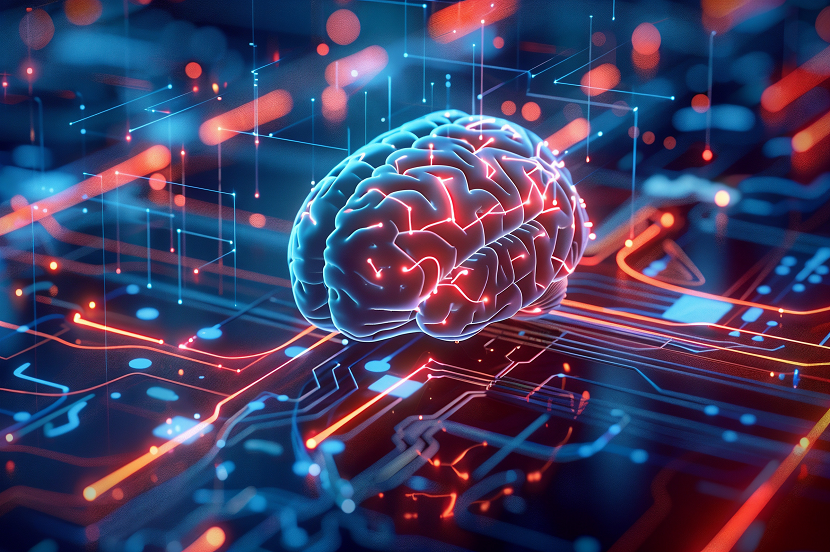
As technology advances, AI is increasingly becoming part of our daily lives. While many are familiar with AI in the traditional sense, newer terms like AGI (Artificial General Intelligence) and ASI (Artificial Superintelligence) are entering the lexicon. So what are the differences between ASI, AGI and traditional AI?
What is AGI?
AGI stands for Artificial General Intelligence. It refers to AI with human-like, general-purpose intelligence. AGI uses knowledge and cognitive abilities similar to a human when performing tasks and has the ability to learn and solve problems independently.
- General-purpose abilities
AGI can handle various tasks and problems, utilizing a diverse range of knowledge and skills.
- Learning abilities
AGI can learn from experiences and evolve by integrating new information and data to make appropriate responses and solve problems according to different situations.
- Decision-making abilities
AGI can make its own decisions and judgements. It has the ability to analyze complex information and select the best options.
What is ASI?
ASI stands for Artificial Superintelligence. It refers to AI that has evolved even further than AGI, surpassing human intelligence by a significant margin. ASI is said to possess capabilities superior to those of humans for dealing with every type of task and problem. It is also said to be capable of dramatically improving its knowledge and abilities by learning and evolving on its own. ASI can find solutions to problems that are difficult, or even impossible, for humans to solve.
If ASI emerges, it is said that the Singularity – the point at which AI surpasses human intelligence – will occur.
Comparing AI, AGI and ASI
Traditional AI is specialized for specific tasks or problems, operating with a single program or algorithm, and primarily functioning within a limited scope. On the other hand, AGI possesses general intelligence that can handle multiple tasks, exhibiting a human-like flexibility. ASI surpasses human intelligence by a wide margin, enabling it to solve previously unknown tasks.
| Traditional AI | AGI | ASI | |
|---|---|---|---|
| Task specialization | Performs tasks limited to specific domains, such as image recognition and speech recognition | Has general-purpose abilities that can handle multiple tasks | Can solve previously unknown tasks and complex problems through self-evolution |
| Learning abilities | Learns rules and patterns from vast amounts of pre-programmed data | Learns from data and experiences, making appropriate decisions by integrating new information and knowledge based on different situations | Can self-learn and self-evolve efficiently by acquiring and applying all types of knowledge |
| Flexibility | Executes tasks based on pre-designed methods | Can take on and find solutions to new problems | Extremely flexible, with the ability to take on unknown situations and problems |
| Self-evolving | Executes tasks within a defined scope (does not self-evolve) | Learns from past experience and improves by integrating new data (self-evolving abilities are limited) | Can self-improve and self-evolve without human supervision |
How will AGI and ASI impact society and industry?
It is said that the emergence of AGI could significantly transform society and industry. AGI will realize the efficient and rapid handling of tasks, such as data processing, analysis, and reporting, and it will also power better market forecasting, competitive analysis, and new business model planning. This will support advanced decision-making and enable personalized services and products for customers to improve their experiences. In other words, the introduction of AGI is expected to pave the way for more flexible and strategic approaches in business, which will enhance competitiveness and contribute to sustainable growth.
ASI, which surpasses human intelligence and AGI capabilities, has the potential to bring about new scientific discoveries and technological advancements. This could help solve issues facing society in fields such as healthcare and energy, and, by extension, improve humanity’s overall well-being. Since ASI is capable of solving scientific and mathematical problems that humans have been unable to crack, it might change economic structures and the nature of work itself.
While AGI and ASI are still hypothetical technologies, they may be realized in the not-too-distant future.
Related news
(Posted on July 9, 2024)
by SoftBank News Editors



